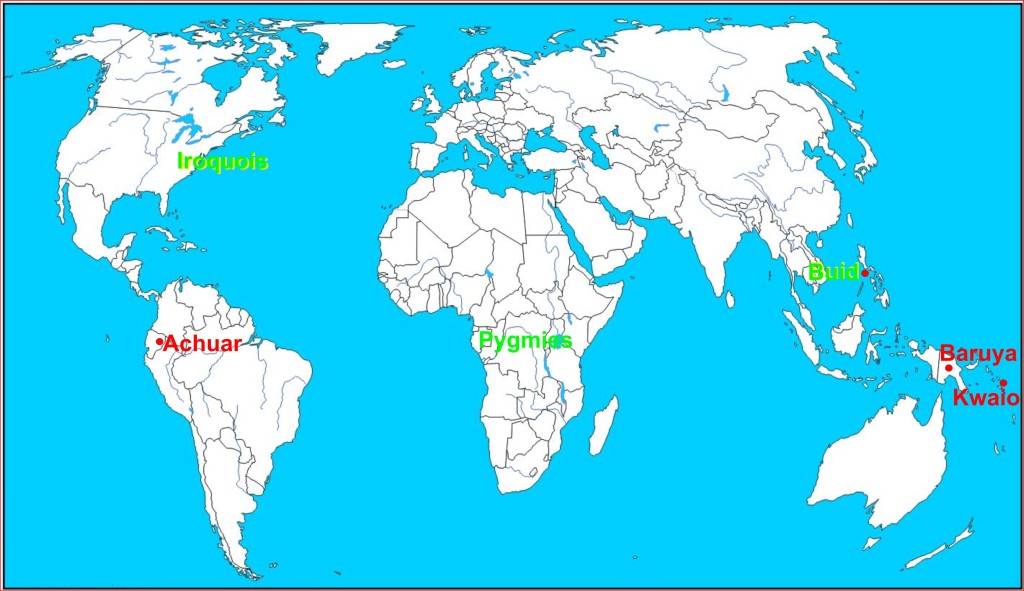AbstractHypothesis. “In order to reproduce himself man must also reproduce himself ideologically”Higher animal species reproduce themselves through food and sex. In a long development, lasting millions of years, hominini had to constantly adjust themselves in East and Southern Africa. This led to new capacities such as Theory of Mind, spoken language and a bigger brain. The development of the brain allowed to better analyze, synthesize, symbolic thinking, to have joint attention, patternicity, motivation etc.
Many of these properties make learning easier. Human children have a prolonged childhood and a much longer learning time than Pan. Attachment between children and parents facilitates children to learn from their parents and allo-parents. The function of these adaptations allows humans to cooperate on a high level and to accumulate and transmit knowledge.
After a long period man had to reproduce his ideology. (For the purpose of the study we defined ideology as the entirety of human views: tribal, philosophical, moral, educational, technical, totemistic, exogamous, aesthetic, legal, religious ideas etc.) This had become necessary just as food and sex were necessary for reproduction.
The hypothesis was further examined in three areas:
• How was the effect of Westermarck (children that are raised together avoid sex with each other) translated on the cultural level? The Australian Aboriginals had very strict exogamy laws, so that inbreeding was avoided, incest was forbidden. Incest was sometimes preferred in royal families but also amongst the people in ancient Egypt and ancient Iran.
• The position of women in six societies of hunter-gatherers and farmers (without a state) show big differences. Extreme oppression (Baruya, Achuar, Kwaio) was accompanied with ideological oppression. Sometimes women had an equal position in comparison with men as was the case with Pygmies, Iroquois and Buid (Mindoro, Philippines). Their ideology was one of equality.
• The hypothesis helps to provide a Darwinian explanation for the existence of religion. This complex cultural phenomenon is very old, at least hundreds of thousands of years. It has obvious disadvantages (violence, investment of time and goods … are non-adaptive). The benefit for the reproduction of humans was that the ancestor cult gave knowledge transfer (and motivation for knowledge transfer) an important place in society. The striking parallels between the relationship parents-children and the relationship adults-ancestors in the ancestor cult, ensured that with every new generation the basis for the reproduction of religion was also reborn. In that regard religion was adaptive.
Research in these areas shows that, on the same biological basis, different, including diametrically opposite, cultural practices are possible and do exist. In the area of e.g. incest and inbreeding some very long accepted practices are counterproductive but other cultural practices increase the fitness for reproduction.
Ph. D. defended on September 18, 2012 at the University of Ghent.
Résumé français: Résumé. Thèse de doctorat de Marc Vermeersch. Pour se reproduire l’homme doit aussi se reproduire idéologiquement
Nederlandse abstract: abstract doctoraat Marc Vermeersch
The study was published in Dutch as: ‘Om zich te reproduceren moet de mens zich ook ideologisch reproduceren. Menselijke ideologie als factor van menselijke reproductie’ ISBN: 978-908134-772 Price 25€. Distribution is done bij: EPO vzw, 2600 Berchem (Antwerp), Belgium. uitgeverij@epo.be If you would like to buy the book and you are lving outside the Benelux The book can be obtained by paying 25€ + 10€ shipment = 35€ on the account of P&P Publishers, in BelgiumBank: BNP Paribas Fortis Account, IBAN nr.: BE 96 2900 2398 6505 ; BIC Code GEBABEBB Mention: Ph. D. Marc Vermeersch
- The position of women was examined for different continents. Buid live on the island of Mindoro (Philippines). Kwaio live on Malaita (Melanesia). Baruya live in New-Guinea.



